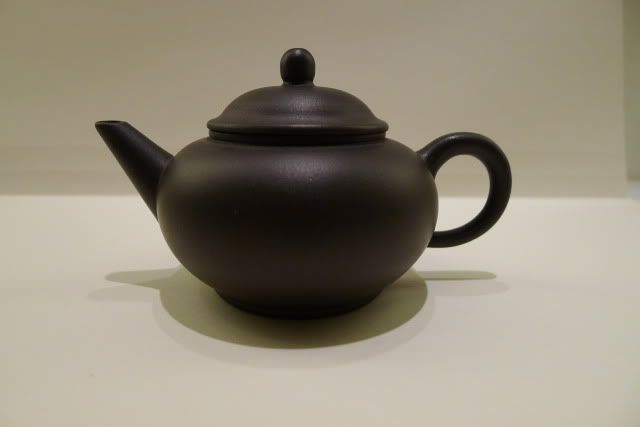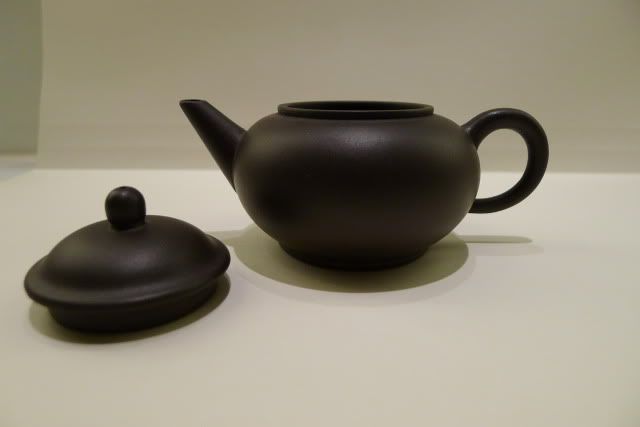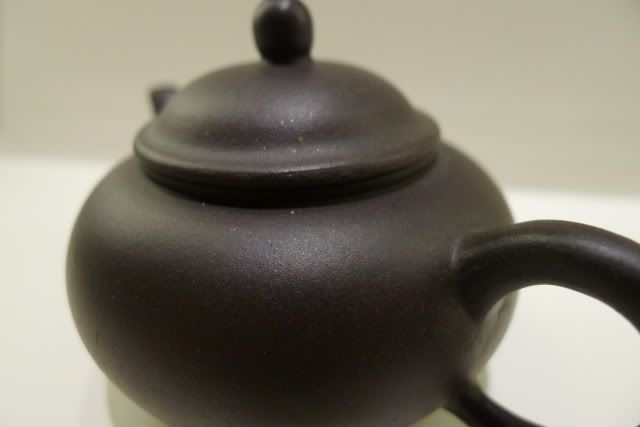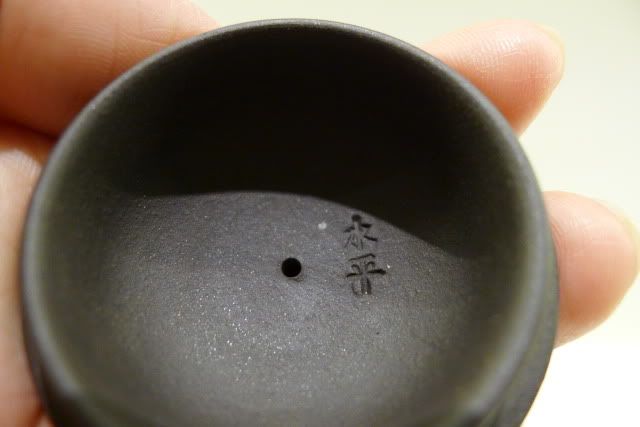MarshalN, it would appear that I have somehow offended you. Have I? If so, I apologize. Such was not my intention. Furthermore, I have, in fact, clicked on the links, and I responded to them earleir, noting my observation on pore size and asking for clarification. Your language before the link wasn't entirely clear to me (you mentioned pots with a red tint and then post your pot, and I wasn't sure if it was ment to be genuine or artificially colored-through a photo on a computer screen I couldn't really tell). I mean no disrespect; I just want to learn.MarshalN wrote:Hmm, seems like you don't bother to click on links we post then?...How are you examining the clay? Are you using your hands? Your eyes? Are you looking at them through 30x magnifiers? ...Also, as I've already mentioned before, I think it is a red-herring to chase after different kinds of clay - they don't really make any meaningful difference in terms of the tea they brew, unless you're talking about high density zhuni, which behaves a little closer to porcelain. Otherwise, just use what pleases you and what seems to come out best for you. I think there isn't a lot more to say about pots than that.
To answer your questions, when I examine pots I use my hands, my nose, sometimes a magnifying glass, hot water when possible, and of course I brew tea in it when I can. I prefer to either brew tea I know really well in it, or take it to one of my teachers, since I am very familier with how they brew, and their main stock of teas. I only buy nicer pots from someone I trust, or if someone who knows more than me comes along to help me navigate.
As per telling the difference between the pots by photos, for the most part, I try not to offer opinions are to quality or origin of clay when I can't physically examine it. I have read some amazing posts by people who can tell something is fake or real because of esoteric details (I just read an interesting post about a supposedly fake Jiang Rong[sp?!] teapot in which Tim displayed pretty solid knowledge of the artist and her trademark leaves). This kind of thing is rad, but I am not on that level..yet.
I do have a question about the Yixing clay in the middle of Europe. I thought it was illegal to take raw Yixing clay outside of China. I read that it is considered a national treasure, and so it must be used in China. Is this wrong? How on Earth did that clay make it to Europe? Why aren't people paying a fortune to have raw clay shipped to them all over the world?
Lastly, I understand your opinion on Yixing clay, and I firmly believe that everyone's opinion is, ultimately, valid (so long as they are based on experience and knowledge gained). But I, though I have less experience than you, have a different view, based on my own experiences. I have brewed a few of the same teas many, many times, with many different factors, and I have found that the type of clay, not to mention of course the many factors posted earlier pertaing to the brewing vessel (pot size, pot shape, wall thickness/evenness, quality of craftsmanship, age of clay, age of pot, etc...), not to mention the water, the way I feel before drinking, what tea I had prior, what kind of a mood the person making it is in, etc., influence the taste of the tea. I prefer some teas in Duanni, some teas in Zini, and, for some reason, I don't jive well with Hongni. I tend to get along well with Qingsuni too, and I do really enjoy a real Zhuni pot (older Zhuni...Modern Zhuni is nice too, but just not the same to me). But there is not a long of Heini or Lvni in Korea, so as I am learning a fair amout about the clays here, I haven't been able to learn much about these clays. Hence my "quests" across Asia and into the teachat room. Again, I am not trying to be rude or disrespectful here, nor am I trying to "win" anything, I am just vying for my seat at the table. I believe we are all due a certain level of respect, especially somewhere as awesome as Teachat, where we can come together and share our love of tea.
Toki: I will ask two of the three. The third is in Malaysia, and I won't see him until December.




